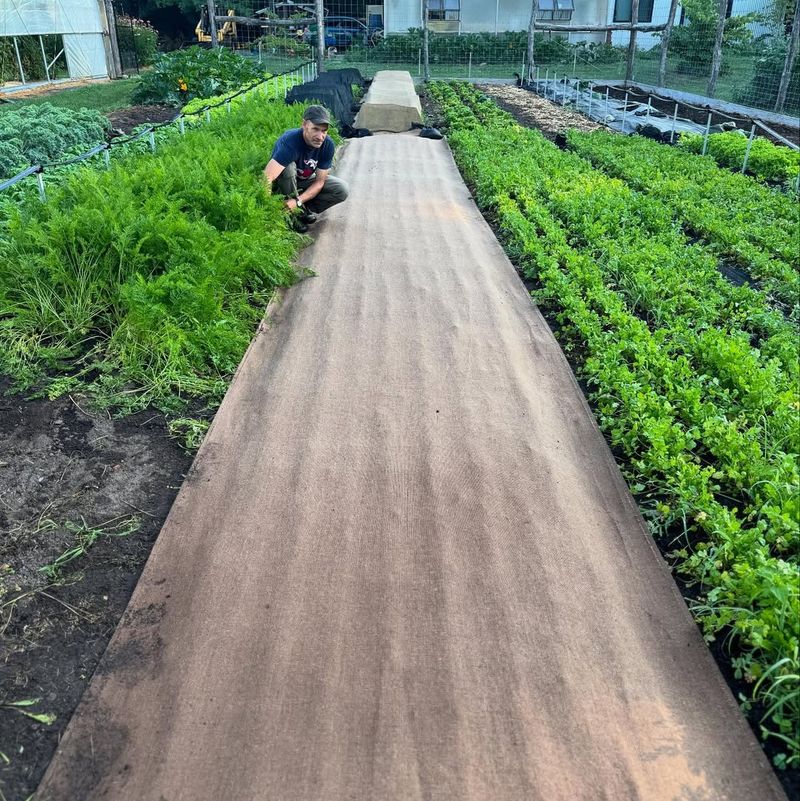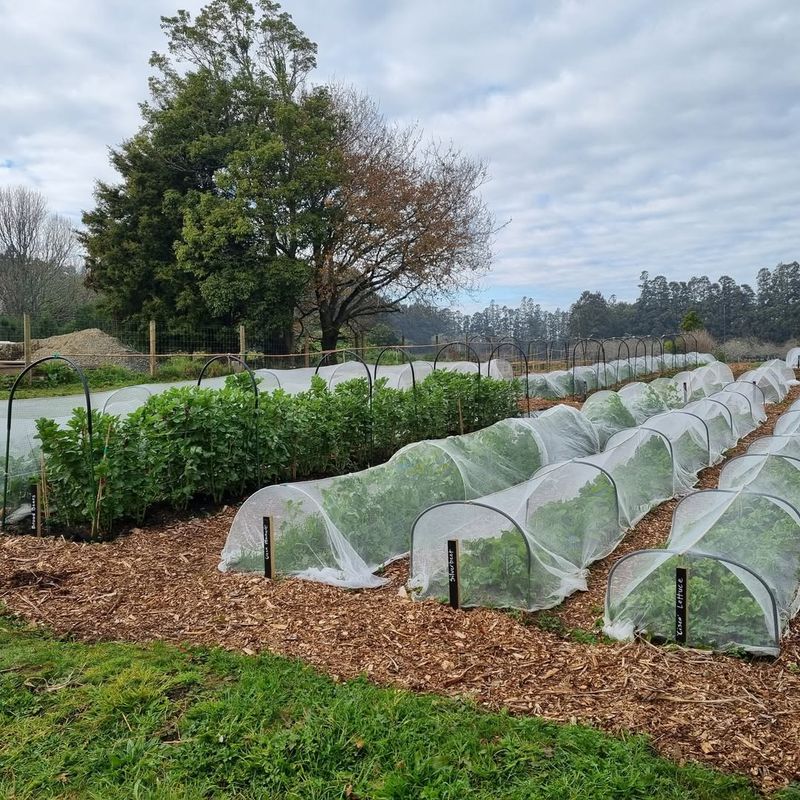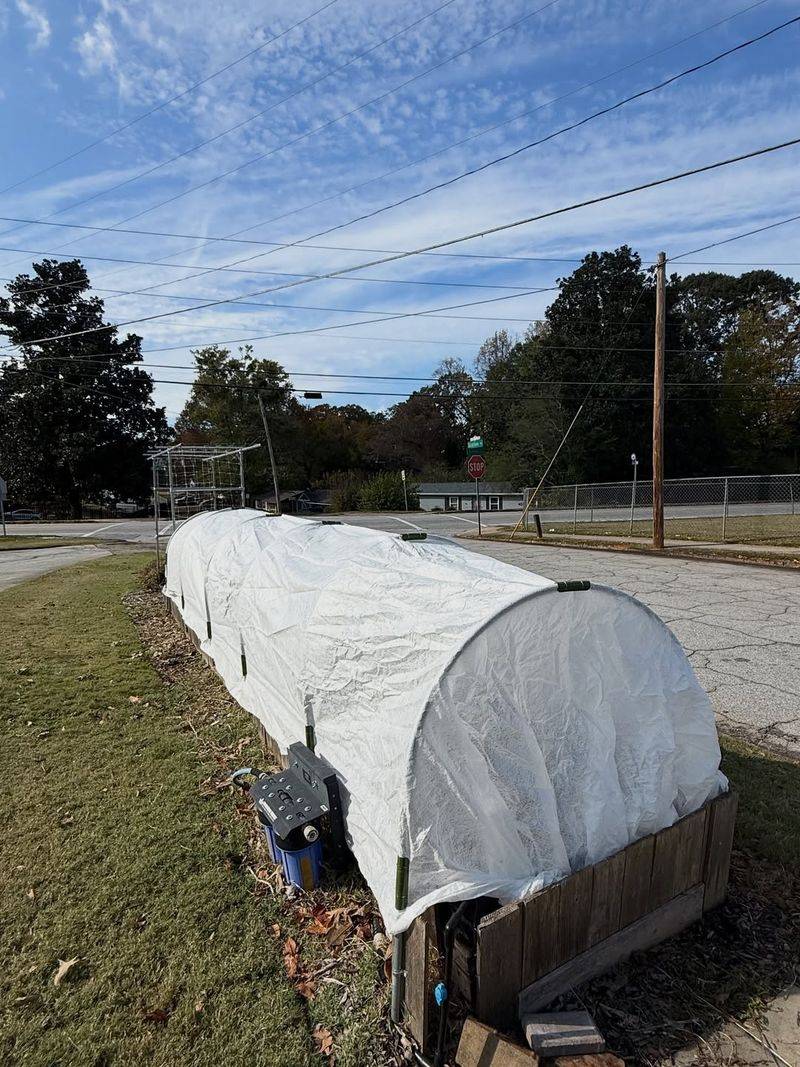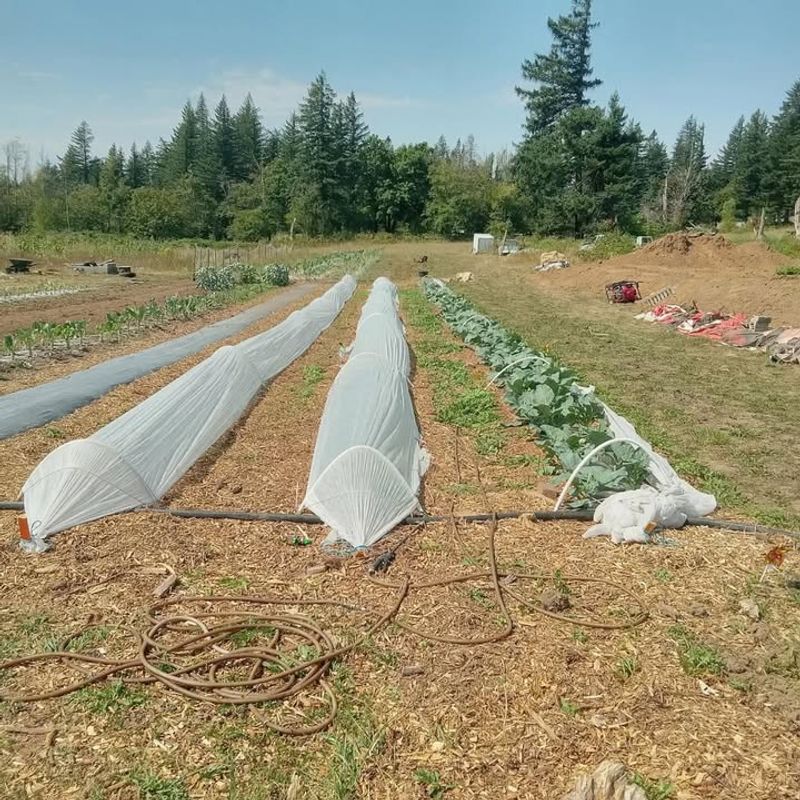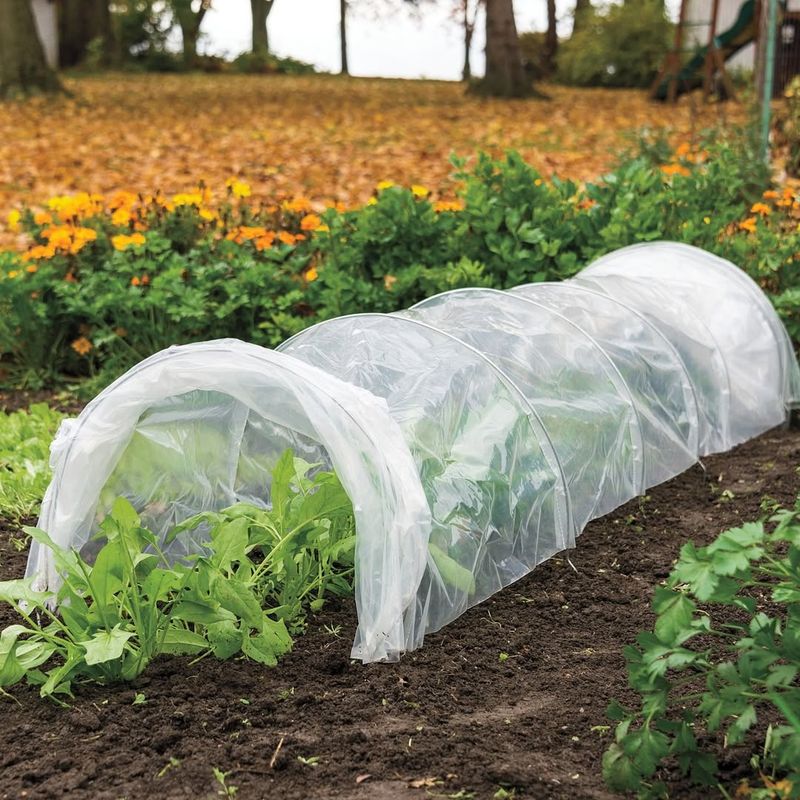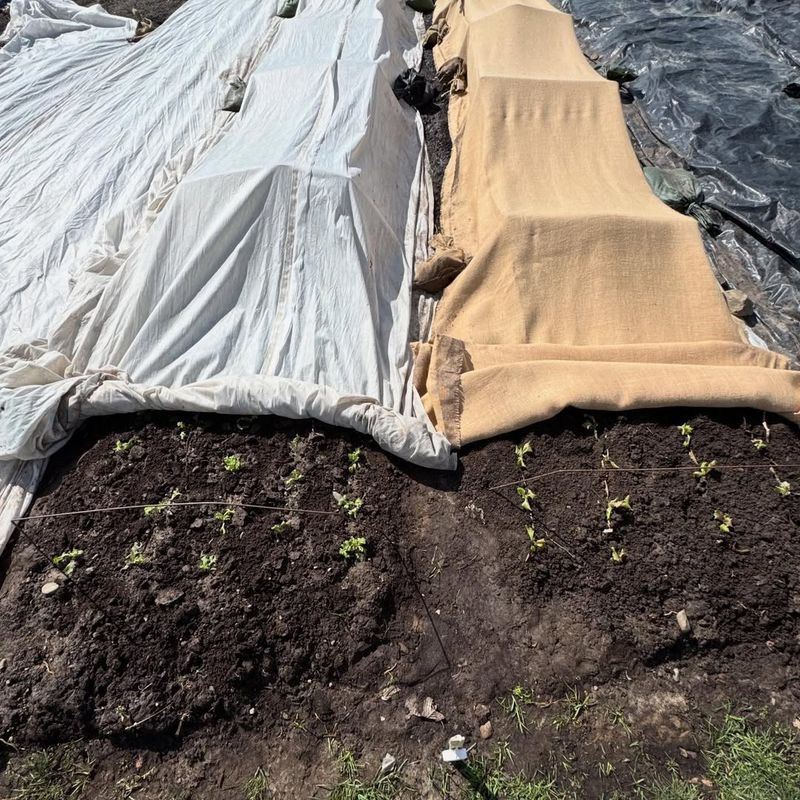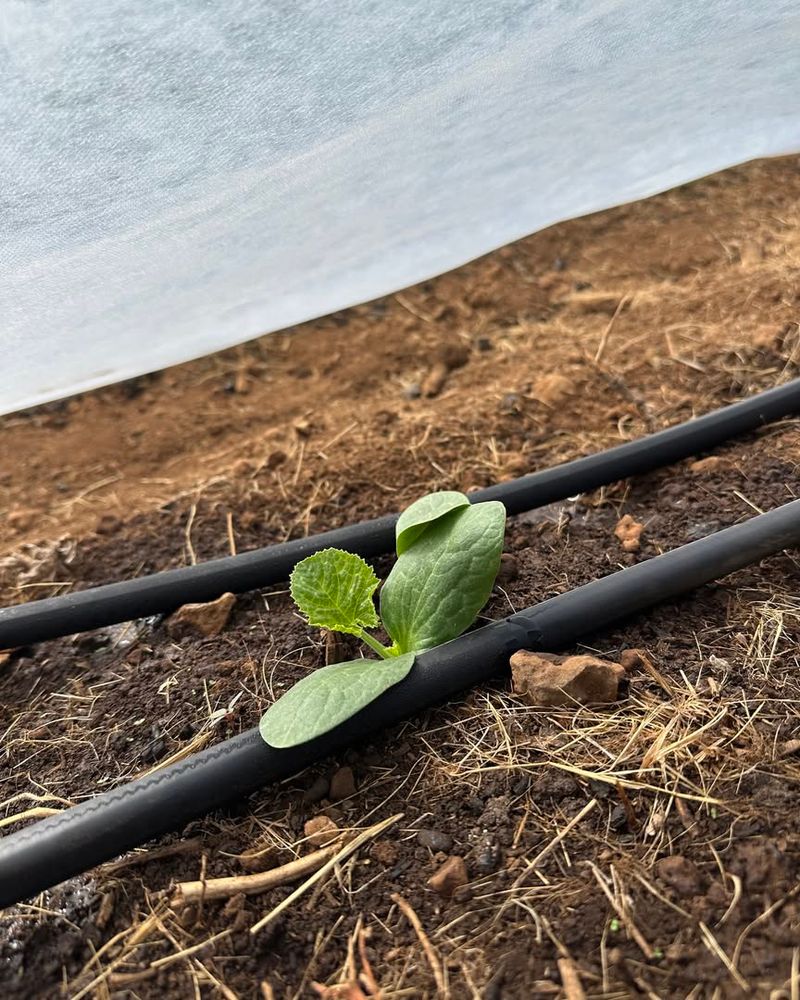December might seem like the garden’s quiet season in South Carolina, but winter greens are just getting ready to shine — especially when you give them a little extra help. Savvy gardeners across the state swear by one simple trick that turns ordinary beds into cold-weather powerhouses.
A lightweight row cover can work wonders, trapping just enough warmth to keep greens growing strong while frost settles on everything else. With this easy layer of protection, your lettuce, spinach, and kale don’t just survive the season — they hit their stride, delivering bigger, better harvests when winter is at its peak.
Pick The Right Fabric Weight
Choosing fabric based on temperature makes all the difference in protecting your greens. Lightweight covers work great when temperatures hover around 30 degrees, adding about 4-6 degrees of warmth. Heavier materials become necessary when frost warnings drop below 25 degrees.
South Carolina gardeners typically stock both weights since December weather can swing unpredictably. Medium-weight fabric offers versatility for most situations while still allowing plenty of sunlight through. Remember that thicker doesn’t always mean better if your plants can’t breathe properly underneath.
Install Hoops For Better Air Circulation
Creating space between your greens and the fabric prevents moisture buildup that leads to disease. Wire hoops or PVC pipes bent into arches work perfectly for lifting covers several inches above plant tops. This simple trick keeps leaves dry while maintaining warmth.
Position hoops every three feet along your rows for maximum support against wind. The air gap also prevents the fabric from crushing delicate lettuce and spinach leaves during heavy dew. Many experienced growers swear this method doubles their harvest quality compared to laying fabric directly on plants.
Secure Edges With Heavy Objects
Wind can ruin your entire setup in minutes if covers aren’t properly anchored. Bricks, landscape timbers, or sandbags work wonderfully for holding down fabric edges without damaging material. Space your weights every two feet around the perimeter for solid protection.
Avoid using sharp rocks that might tear the fabric over time. Some gardeners prefer soil along edges, but this makes checking plants more difficult. Quick access matters when you need to harvest or inspect for pests during warmer afternoon hours in December.
Vent During Warm Afternoons
December in South Carolina often brings surprise warm spells that can overheat covered plants. Rolling back one end of your row cover for a few hours prevents heat stress and allows beneficial insects to visit. Watch for temperatures climbing above 60 degrees as your signal to vent.
Plants need fresh air exchange to stay healthy and grow vigorously. Trapped heat and humidity create perfect conditions for fungal problems nobody wants. Simply fold back covers around noon and replace them before sunset when temperatures drop again.
Water Before Covering At Night
Moist soil holds heat better than dry ground, giving your plants extra protection during cold nights. Watering in late afternoon ensures moisture reaches roots before temperatures plummet after dark. The soil acts like a natural battery, releasing stored warmth gradually throughout the night.
Avoid watering leaves directly since wet foliage under covers invites disease. Focus your watering at the base of plants instead. This technique has helped countless South Carolina gardeners save crops during unexpected December freezes that would otherwise damage unprotected vegetables.
Layer Covers For Extra Cold Snaps
When forecasts predict temperatures in the low twenties, doubling up on protection becomes essential. Place lightweight fabric closest to plants, then add a heavier layer on top with a small air gap between them. This sandwich method traps insulating air pockets effectively.
Make sure the outer layer extends slightly beyond the inner one for proper rain runoff. The dual-layer approach can add up to 12 degrees of protection compared to single covers. Your kale and collards will thank you by staying crisp and sweet instead of turning mushy from freeze damage.
Remove Covers Completely Every Week
Even the best protection needs occasional breaks for plant health and inspection. Pulling covers completely off during mild December days lets you check for pests, remove dead leaves, and assess growth progress. Plants also benefit from full sunlight and natural rain when weather permits.
Schedule weekly removal on days when temperatures stay above 50 degrees. Use this time to weed and adjust your hoops if needed. Regular inspection prevents small problems from becoming disasters, and your greens will grow stronger with periodic exposure to natural conditions instead of constant covering.


